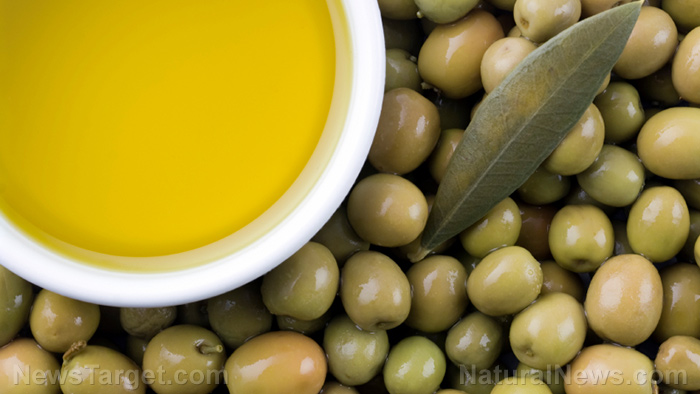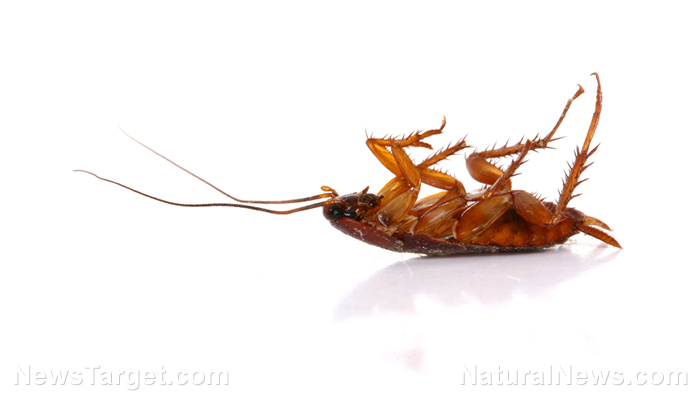Converting olive mill wastewater from a pollutant to a green fuel and bio-fertilizer: an environmentally friendly strategy
02/01/2018 / By Ralph Flores

Scientists have found a way to convert olive mill wastewater, a pollutant known to severely damage ecosystems, into biofuel and fertilizer using an environment-friendly process. The study, which was published in the journal ACS Sustainable Chemistry & Engineering, describes how the wastewater is valorized into more sustainable products.
- The process involved the impregnation of sawdust, drying, biofertilizer production, and soil amendment.
- During sawdust impregnation, raw cypress was used to absorb the wastewater. The mixture was then dried using a convective dryer, with the resulting water from evaporation collected. According to researchers, the water could be used to irrigate crops.
- After the mixture had dried up, it was subjected to pyrolysis — a method used to expose an organic material to high temperatures (around 500 degrees Celsius) without the use of oxygen. This allows the material to thermally decompose into gases and charcoal without combustion.
- The gases were then collected and condensed into bio-oil, which can power the drying and the pyrolysis processes.
- The resulting charcoal pellets were collected after pyrolysis. The pellets were noted to contain potassium, phosphorus, nitrogen, and other nutrients from the breakdown of olive mill wastewater.
- When the biofertilizers were used, it made an improvement in plant growth compared to those who did not use the biofertilizers. It also increased mass yield and the size of the leaf.
With these findings, the research team was able to determine a way to reuse olive mill wastewater into green fuel, a biofertilizer, and a potential source of agricultural water.
Journal Reference:
Haddad K, Jeguirim M, Jerbi B, Chouchene A, Dutournié P, Thevenin N, Ruidavets L, Jellali S, Limousy L. OLIVE MILL WASTEWATER: FROM A POLLUTANT TO GREEN FUELS, AGRICULTURAL WATER SOURCE AND BIOFERTILIZER. ACS Sustainable Chemistry & Engineering. 2017;5(10):8988–8996. DOI: dx.doi.org/10.1021/acssuschemeng.7b01786
Submit a correction >>
Tagged Under:
Bio Fertilizer, fertilizer, olive mill wastewater, olive oil, Olives, pyrolysis
This article may contain statements that reflect the opinion of the author





















